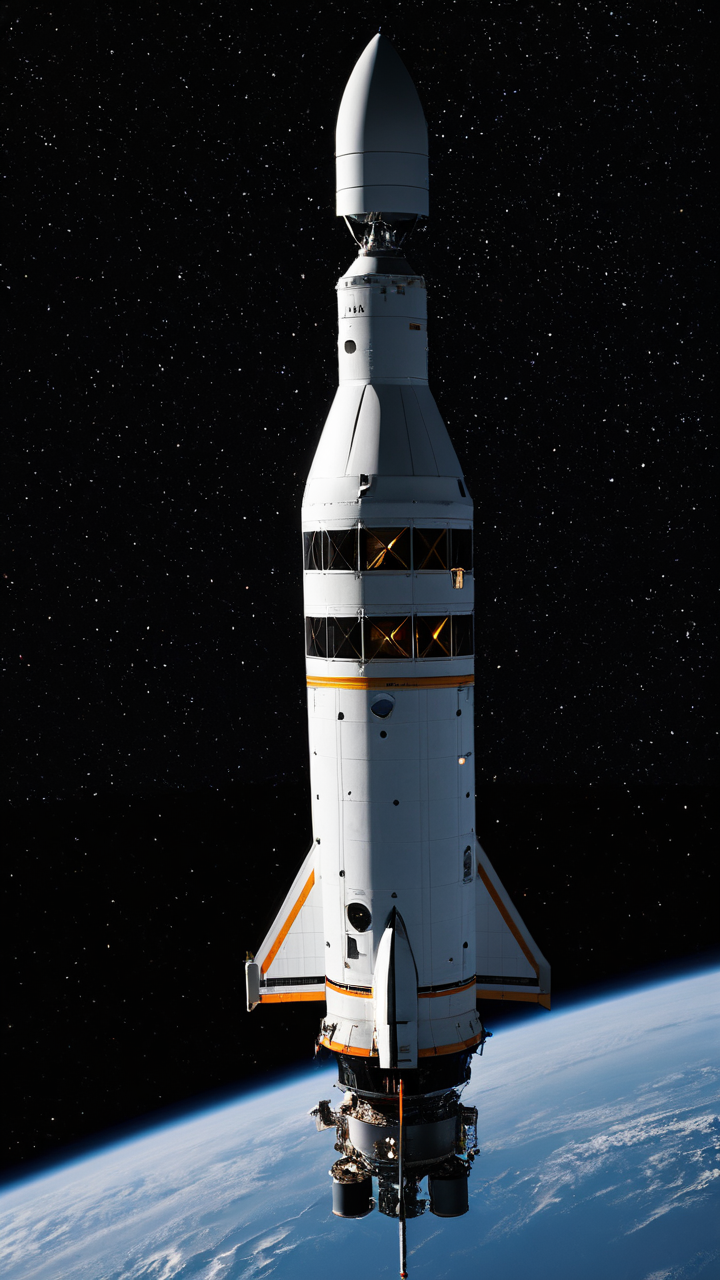
The Enigmatic Black Knight: A Closer Look
The legend of the Black Knight Satellite is shrouded in mystery. Images circulating online depict a large, dark object in orbit, often attributed to extraterrestrial origins.
These images, however, are frequently misinterpretations of natural phenomena, photographic anomalies, or even unrelated pieces of space debris.
The narrative often points to early radar detections in the 1950s as evidence, but these signals have since been attributed to other sources, such as solar reflections or atmospheric disturbances.
The persistent myth fuels online discussions and conspiracy theories, creating a compelling but ultimately inaccurate story. The “evidence” is often presented out of context, leading to a misleading conclusion.
To understand the truth, we must look beyond the sensational headlines and delve into the verifiable facts.
Orbital Debris: The Real Culprits
The reality is far less dramatic but equally fascinating. Earth’s orbit is cluttered with orbital debris – the remnants of past space missions.
These include spent rocket stages, defunct satellites, fragments from collisions, and even paint flakes. The sheer volume of this debris is staggering.
int/Safety_Security/Space_Debris) estimates tens of thousands of objects larger than 10 cm, and millions of smaller pieces. Many of these objects are dark and irregularly shaped, making them difficult to identify from afar.
A misidentified piece of this debris, caught in a long-exposure photograph, could easily be mistaken for something far more extraordinary.
Consider the numerous rocket launches over the decades – each leaving behind potential “mystery objects” in its wake.
Examples of Misidentification: From Mystery to Mundanity
Let’s consider a specific example. Some images attributed to the Black Knight are actually pictures of discarded thermal blankets from various space missions.
But what if we look at this from a different angle?
These blankets, often large and dark, can appear unusual in photographs, particularly against the stark black backdrop of space.
Similarly, some alleged sightings are of defunct satellites, their reflective surfaces long gone, leaving them dark and seemingly mysterious. Further, the limitations of early radar technology must be factored in.
The lack of precise tracking and the inherent limitations of the technology could easily lead to misinterpretations of signals.
The Importance of Critical Thinking and Scientific Inquiry
The Black Knight Satellite saga highlights the importance of critical thinking and a reliance on verifiable evidence.
Before accepting extraordinary claims, we must critically examine the supporting evidence and consider alternative explanations.
The prevalence of misinformation online underscores the need for media literacy and a healthy skepticism towards sensationalized stories.
While the mystery surrounding the “Black Knight” is intriguing, the truth, grounded in scientific fact, is far more nuanced and ultimately less sensational.
Conclusion: Separating Fact from Fiction
The “Black Knight Satellite” is a captivating narrative, but the available evidence overwhelmingly suggests that it’s not an alien artifact.
Instead, it’s a testament to the accumulation of space debris and the challenges of accurately identifying objects in orbit.
By understanding the realities of space exploration and the limitations of observational techniques, we can better separate fact from fiction and appreciate the true wonders of our universe.
Remember to always question the source and verify information before accepting it as truth.
Share your thoughts in the comments below!



